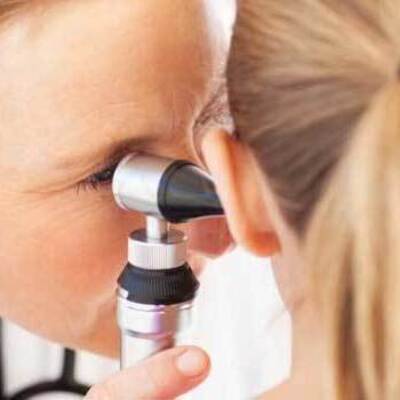Ear wax, or cerumen, plays a crucial role in keeping the ears clean and protected. However, an excess buildup can cause discomfort, hearing issues, and even infections if not managed properly. While many people attempt to remove ear wax at home, using the wrong techniques or tools can do more harm than good. Understanding the safest and most effective methods for ear wax cleaning is essential to maintaining ear health.
In this guide, we’ll explore the best Ear Wax Removal Dubai, answering common concerns while ensuring a safe approach to keeping ears clear.
Understanding Ear Wax and Its Role
Before discussing cleaning methods, it’s important to understand why ear wax exists. It serves as a natural defense mechanism, trapping dust, debris, and bacteria to prevent them from reaching deeper parts of the ear canal. The body usually expels excess wax naturally, but in some cases, buildup occurs, leading to blockages and discomfort.
Signs of Excess Ear Wax Buildup
Not everyone needs to clean their ears regularly, but some signs indicate a need for removal:
Muffled hearing or a feeling of fullness in the ear
Ringing in the ears (tinnitus)
Earache or discomfort
Dizziness or balance issues
A persistent sensation of blocked ears
If these symptoms persist, seeking professional advice is recommended before attempting any removal techniques.
Safe Techniques for Ear Wax Removal
Ear Drops for Softening Wax
One of the safest methods for ear wax removal is using over-the-counter ear drops. These solutions help soften the wax, allowing it to exit naturally. Common ingredients in these drops include:
Hydrogen peroxide
Saline solution
Mineral oil
Applying a few drops and allowing them to sit for a few minutes can break down hardened wax, making it easier to drain from the ear.
Warm Water Irrigation
Ear irrigation involves using a gentle stream of warm water to flush out softened wax. This can be done using a bulb syringe or an ear irrigation kit. To perform this safely:
Use lukewarm water to avoid dizziness
Tilt your head to allow water to flow in, then tilt it back to drain
Avoid forceful irrigation to prevent damage to the eardrum
Micro-Suction by a Professional
For stubborn ear wax buildup, a professional may use a micro-suction technique, which involves using a specialized tool to gently remove wax without inserting anything deep into the ear canal. This method is effective and minimizes the risk of pushing wax further inside.
Manual Removal with Specialized Tools
Healthcare professionals may also use specialized curettes or loops to manually extract wax buildup. This method should only be performed by trained individuals, as improper use can lead to ear damage.
Techniques to Avoid
While there are several safe ways to clean ear wax, certain methods can cause more harm than good. Avoid the following:
Cotton Swabs (Q-Tips): These often push wax deeper into the canal rather than removing it.
Ear Candling: This method is not only ineffective but also poses risks of burns and ear injuries.
Sharp Objects: Using hairpins, toothpicks, or other objects to scrape out wax can lead to cuts and infections.
Post-Cleaning Care and Prevention
Once excess Ear Wax Removal in Dubai, keeping the ears clean and healthy is essential. Here are a few tips to prevent buildup:
Avoid inserting anything deep into the ear canal.
Let the ears self-clean naturally whenever possible.
Use a damp cloth to clean the outer ear instead of inserting anything inside.
If prone to wax buildup, consider regular use of ear drops to keep wax soft.
Stay hydrated, as adequate moisture levels help maintain natural wax consistency.
When to Seek Professional Help
If ear wax buildup becomes a recurring issue or home methods fail to provide relief, consulting a healthcare professional is the best course of action. They can assess the condition and recommend appropriate removal techniques suited to individual needs.
Conclusion
Ear wax is a natural part of ear health, but excessive buildup can cause discomfort and hearing problems. By using safe cleaning methods such as ear drops, warm water irrigation, and professional removal when necessary, individuals can maintain clear and healthy ears. Avoiding harmful practices and following preventive measures will help ensure long-term ear health without unnecessary risks.





Comments